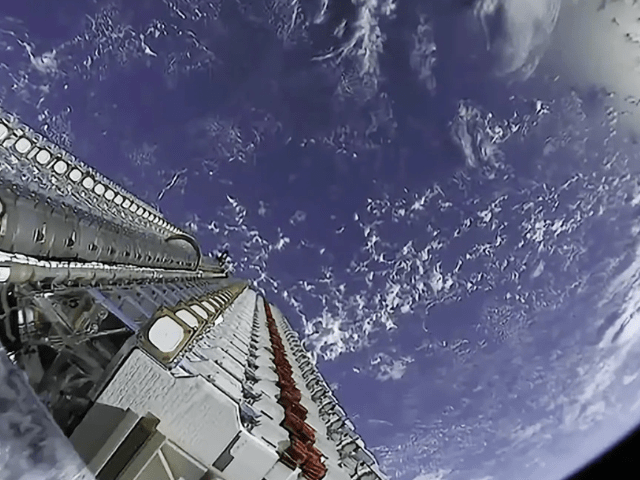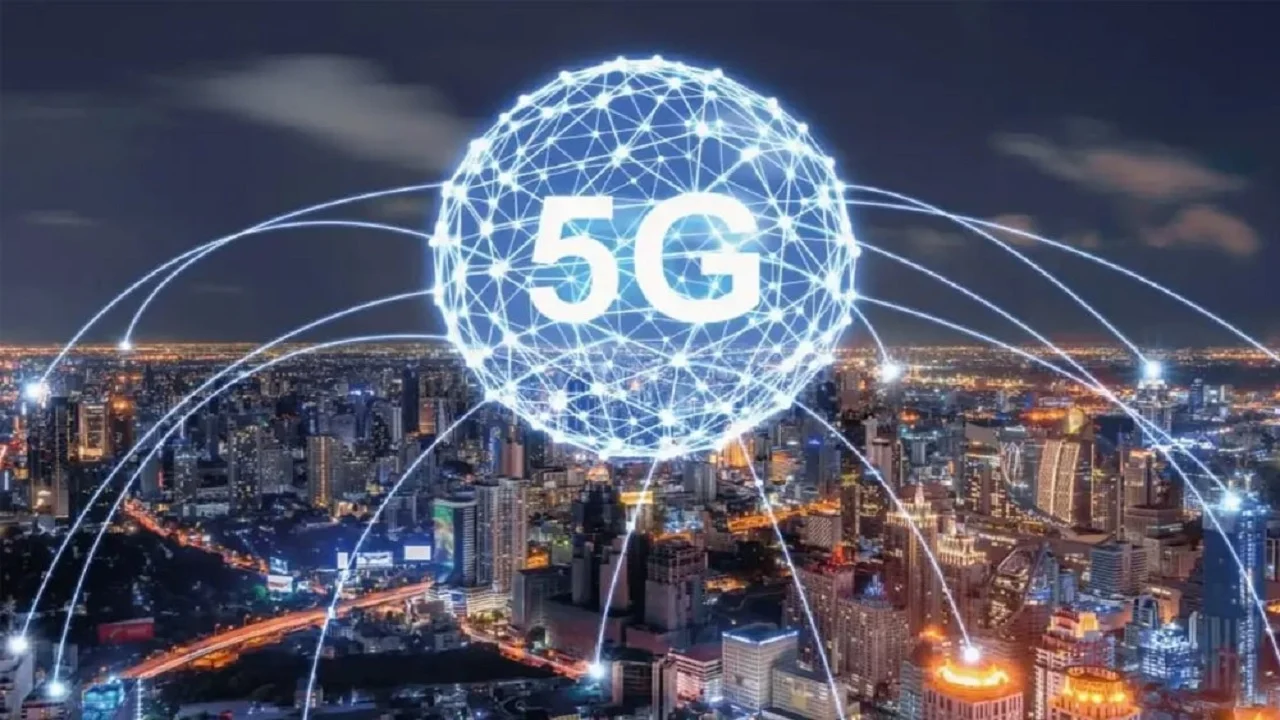Introduction
The reentry and burn-up of Starlink satellites have become a growing concern, both for astronomers and environmental experts. In January 2025, a record-breaking 120 Starlink satellites disintegrated in Earth’s atmosphere, creating artificial meteor showers visible across the sky.
As SpaceX continues to upgrade its first-generation (Gen1) Starlink constellation, older satellites are being deorbited and replaced with newer models. This mass satellite decommissioning has led to an increase in bright streaks appearing in the night sky as the satellites burn up upon reentry.
However, these events raise serious environmental concerns, particularly about the accumulation of aluminum oxide particles in Earth’s atmosphere. Scientists warn that this could have long-term implications for atmospheric chemistry and ozone depletion.
The Rising Frequency of Starlink Satellite Reentries
Why Are Starlink Satellites Burning Up?
SpaceX’s Starlink network consists of thousands of satellites in Low Earth Orbit (LEO), providing global internet coverage. However, these satellites have a limited lifespan of around five years. Once they reach the end of their operational cycle, they are deorbited and allowed to reenter Earth’s atmosphere, where they burn up due to intense frictional heating.
This process occurs at speeds of around 27,000 km/h (16,800 mph), creating dramatic artificial meteor showers that resemble natural shooting stars.
Increasing Rates of Reentry
According to Jonathan McDowell, an astronomer at the Harvard Center for Astrophysics, about four to five Starlink satellites have been reentering daily. In total, over 500 Gen1 Starlink satellites have now burned up in Earth’s atmosphere since the beginning of the decommissioning process.
If SpaceX continues to replace older models with newer ones, this number will likely rise significantly in the coming years, further increasing the frequency of artificial meteor showers.
Environmental Impact of Satellite Burn-Ups
How Satellite Reentry Affects the Atmosphere
When a 250 kg (550 lb) Starlink satellite burns up, it releases metallic byproducts, particularly aluminum oxide nanoparticles. These tiny particles remain suspended in the upper atmosphere and persist for decades before gradually descending into the lower atmosphere.
Recent studies suggest that these aluminum oxide particles could have a significant impact on Earth’s atmospheric chemistry.
Potential Ozone Layer Depletion
One of the most pressing concerns is the effect on the ozone layer. Scientists warn that aluminum oxide can interact with chlorine compounds in the stratosphere, accelerating ozone depletion.
- Studies indicate that satellites reentering LEO in 2022 released around 41.7 metric tons (46 US tons) of aluminum, surpassing natural contributions from micrometeoroids by nearly 30%.
- By 2025, if the current satellite reentry rate continues, the amount of aluminum oxide in the mesosphere could increase by more than 640% annually, potentially reaching over 360 metric tons per year.
Since ozone depletion leads to increased UV radiation exposure, this could have severe consequences for human health, ecosystems, and climate patterns.
The Science Behind Artificial Meteor Showers
Why Do Burning Satellites Resemble Natural Meteor Showers?
When a satellite reenters, it breaks apart and vaporizes due to intense friction with the atmosphere. This process produces bright streaks across the sky, much like natural meteors entering Earth’s atmosphere.
However, unlike natural meteors, which are primarily composed of rock and ice, satellite debris consists of metals such as aluminum, titanium, and other alloys. This results in a different chemical composition of the particles released into the atmosphere.
Can Starlink Reentries Be Seen from Earth?
Yes! Artificial meteor showers caused by Starlink satellites are often visible to the naked eye, depending on location and atmospheric conditions. Many observers have reported seeing sudden, bright flashes in the night sky, sometimes mistaken for meteor showers or unidentified flying objects (UFOs).
Long-Term Consequences of Space Debris Reentry
How Long Does Aluminum Oxide Stay in the Atmosphere?
Aluminum oxide particles released from burning satellites can remain suspended in the mesosphere for up to 30 years before settling into the stratosphere. This long-term persistence raises concerns about cumulative environmental effects, particularly if satellite reentries continue at an accelerated pace.
The Need for Stricter Regulations
Despite growing environmental concerns, there are currently no international regulations addressing the impact of satellite burn-ups on Earth’s atmosphere.
Some experts argue that:
- New policies should be introduced to monitor and limit aluminum oxide emissions from satellite reentries.
- Space agencies and private companies should explore biodegradable satellite materials to reduce environmental impact.
- Further scientific research is needed to fully understand the long-term consequences of satellite reentries.
Future Solutions: Can We Reduce Satellite Reentry Pollution?
Biodegradable Satellite Materials
Some researchers suggest that future satellites could be designed using biodegradable or low-impact materials. These materials would burn up more cleanly, reducing the amount of aluminum oxide and other harmful byproducts released into the atmosphere.
Alternative Disposal Methods
Instead of burning up in the atmosphere, some satellites could be directed into “graveyard orbits”, where they would remain harmlessly in space rather than reentering. However, this method is not viable for LEO satellites, which must be removed to prevent overcrowding.
Space Debris Management Policies
Global space agencies, including NASA, ESA, and SpaceX, are being urged to adopt new guidelines that would require:
- Sustainable satellite designs that minimize toxic byproducts.
- International cooperation to regulate satellite disposal.
- Advanced reentry modeling to better understand and mitigate environmental risks.
FAQs
1. Why are Starlink satellites burning up in Earth’s atmosphere?
Starlink satellites are deorbited after their operational lifespan ends. As they reenter Earth’s atmosphere, they burn up due to friction, creating artificial meteor showers.
2. Can burning satellites damage the ozone layer?
Yes. Studies suggest that aluminum oxide particles from satellite burn-ups may accelerate ozone depletion, contributing to long-term atmospheric changes.
3. Are artificial meteor showers harmful to humans?
While they are not directly harmful, the accumulation of aluminum oxide in the atmosphere could have long-term environmental consequences, including ozone depletion and climate impacts.
4. Will we see more satellite reentries in the future?
Yes. As companies like SpaceX, Amazon, and OneWeb expand their satellite networks, the number of satellite deorbiting events is expected to increase dramatically.
5. Are there any regulations to control satellite reentry pollution?
Currently, there are no international regulations governing the environmental impact of satellite burn-ups, but experts are calling for stricter policies.
Conclusion
The increasing number of Starlink satellite reentries highlights the need for greater awareness and scientific research on their environmental impact. While these artificial meteor showers may be visually stunning, they pose significant concerns for atmospheric chemistry and ozone depletion.
With space technology rapidly advancing, it is crucial for policymakers, scientists, and private companies to collaborate on sustainable solutions to mitigate the long-term effects of satellite burn-ups on our planet.



